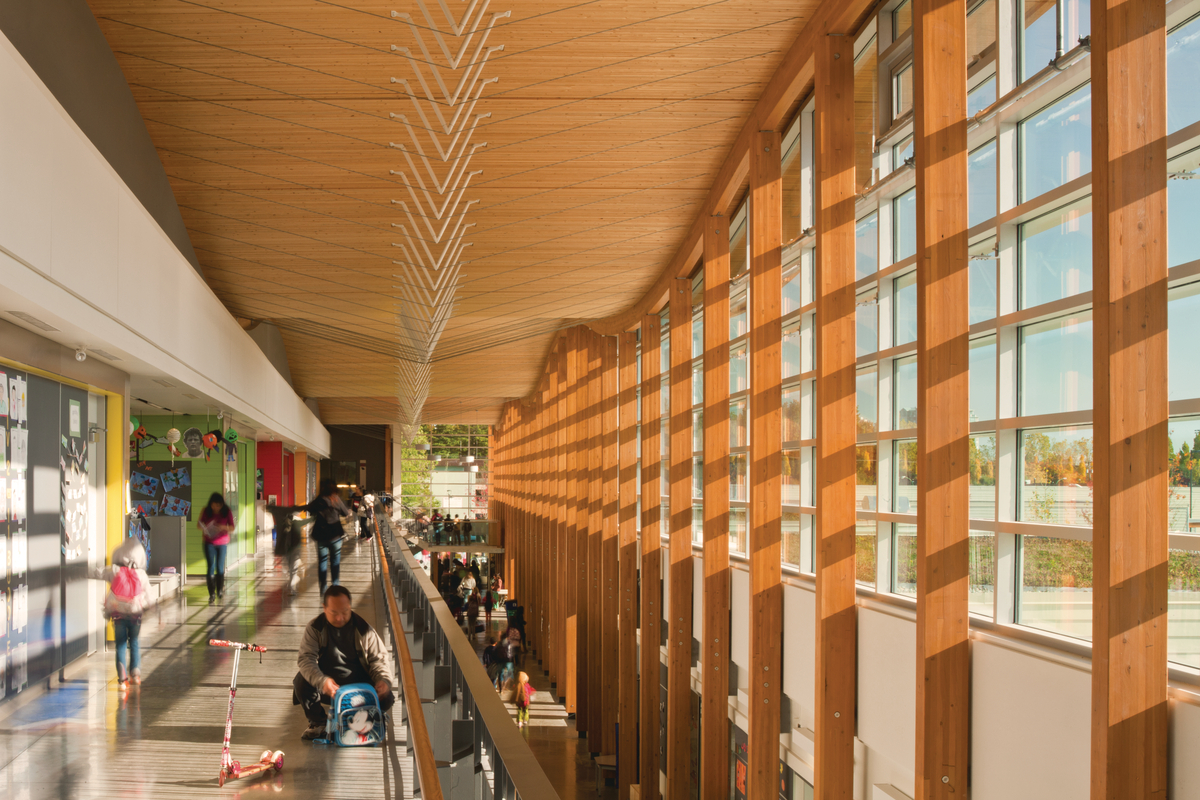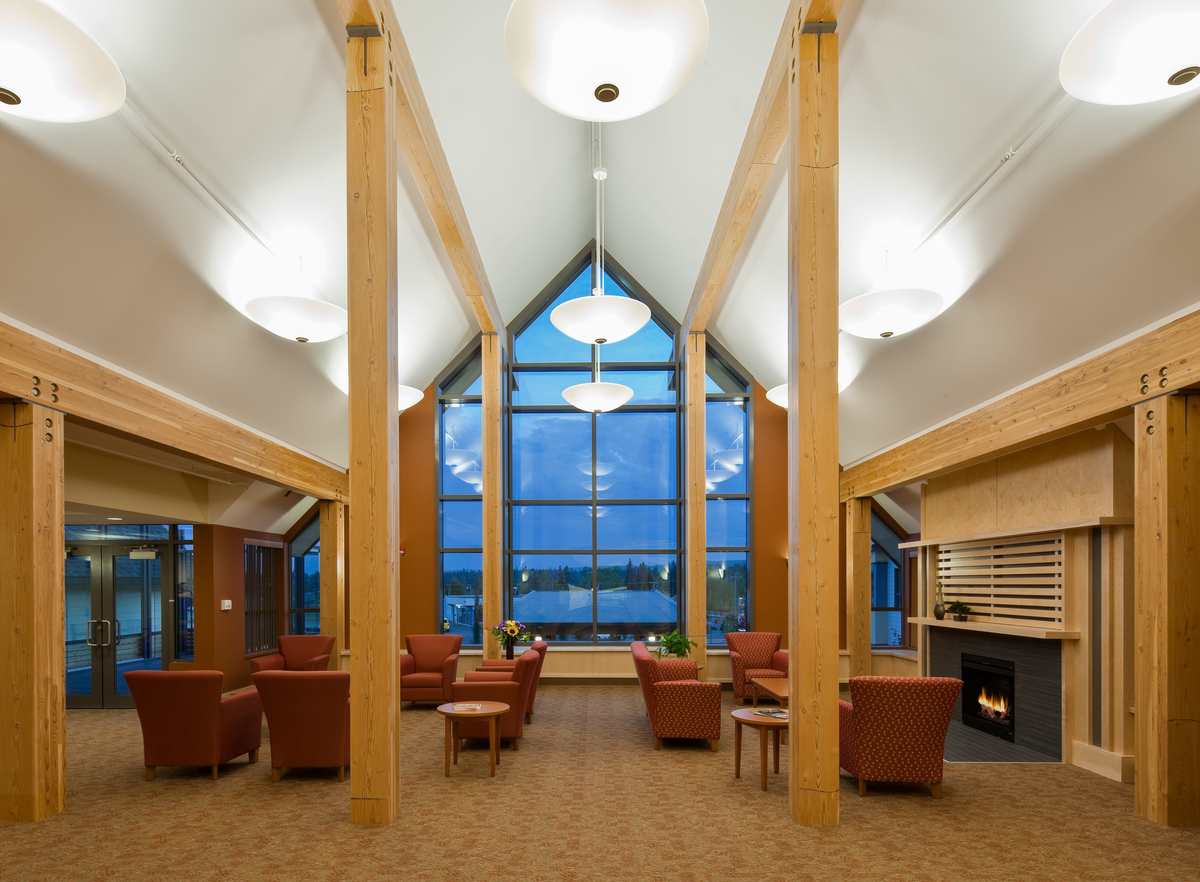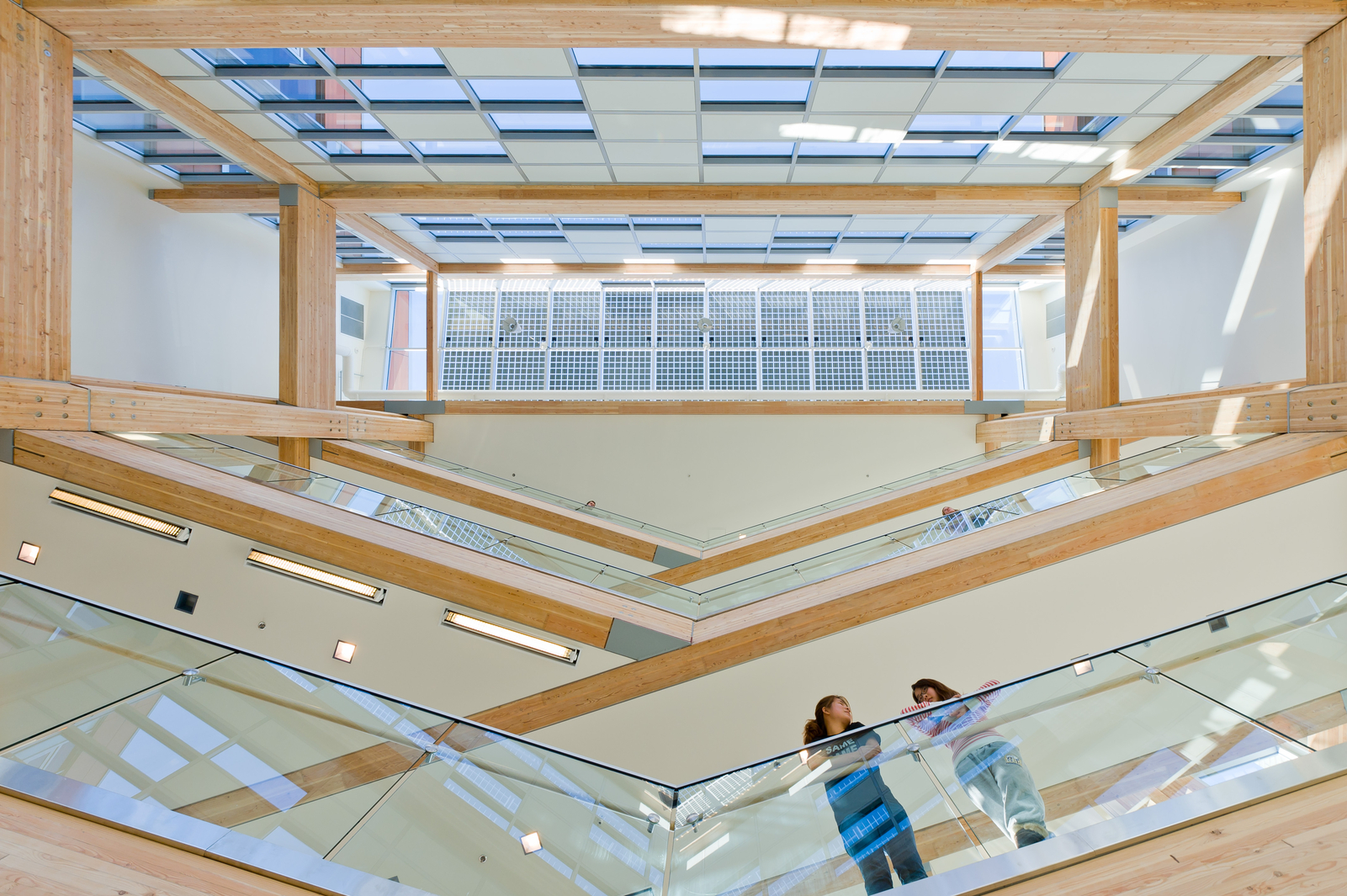How building with wood and natural materials impacts human health
Report summarizes global research on the health impacts of using wood and natural materials in our buildings
Wood, Well-being and Performance: The Human and Organizational Benefits of Wood Buildings, shows how increasing our use of wood and nature-inspired materials can be good for our health. The approach sometimes referred to as biophilia or biophilic design, is characterized by abundant sunlight, views to nature and incorporation of natural materials, such as wood, into our buildings. Studies show such design elements are correlated with lower blood pressure, improved performance, and positive neurological, physiological and psychological measures.

Authored by Graham Lowe, Ph.D., the report summarizes the latest scientific research and converging trends on biophilic design. It explores wood’s impact on well-being and human performance when it is a design feature visible to a building’s occupants. Architects, interior designers, researchers, civic leaders, facility managers and anyone interested in developing and supporting healthy and productive learning, working and healing environments can benefit from this latest resource.
Read the report.
Listen to the Construction Record Podcast interview with Dr. Lowe


